Getty Images has announced the recipients of its annual editorial grants, awarding five photojournalists $10,000USD each. The winning photographers are Paula Bronstein, Alejandro Cegarra, Antonio Faccilongo, Barbara Peacock and Alessandro Penso.
A panel of international photo editors selected the five winners from almost 500 entrants from over 75 countries. The winning entries focus on polemic issues, from war to culture to politics.
Paula Bronstein’s series The Cost of War follows civilians living in war-torn Mosul as they negotiate the threats from ISIS and explosive devices, for example, while Alejandro Cegarra uncovers the discontent across Venezuela in Living with Hugo Chavez’s Legacy. Cegarra’s work explores how economic instability has led to rising violence, poverty and food shortages on a massive scale in the South American state.
The refugee crisis in Europe forms the basis for Alessandro Penso’s The Deal, a project which focuses on how the EU has welcomed refugees – or rather, the shortcomings in its response amidst an international humanitarian crisis. Antonio Faccilongo’s Habibi reveals how families have continued amidst the turmoil in The Gaza Strip and the West Bank, as the phenomena of sperm smuggling becomes widespread. Elsewhere, Barbara Peacock examines the idiosyncrasies of everyday life in Bedroom America.
Getty Images made the announcement during the Visa pour l’Image festival in Perpignan, France, which celebrates photojournalism and brings together series of the most striking news photographs from the past year.
“The recipients of the 2017 Getty Images Editorial Photography Grants are working at the cutting edge of photojournalism, ensuring that often ignored global issues are brought to the forefront of public consciousness,” said Hugh Pinney, vice president of news at Getty Images.
“The projects selected explore a range of complex and thought-provoking subjects and we are thrilled that, through the Getty Images Editorial Photography Grant, we are able to support such talent as they continue to shed light on some of the most moving and significant moments of our time.”
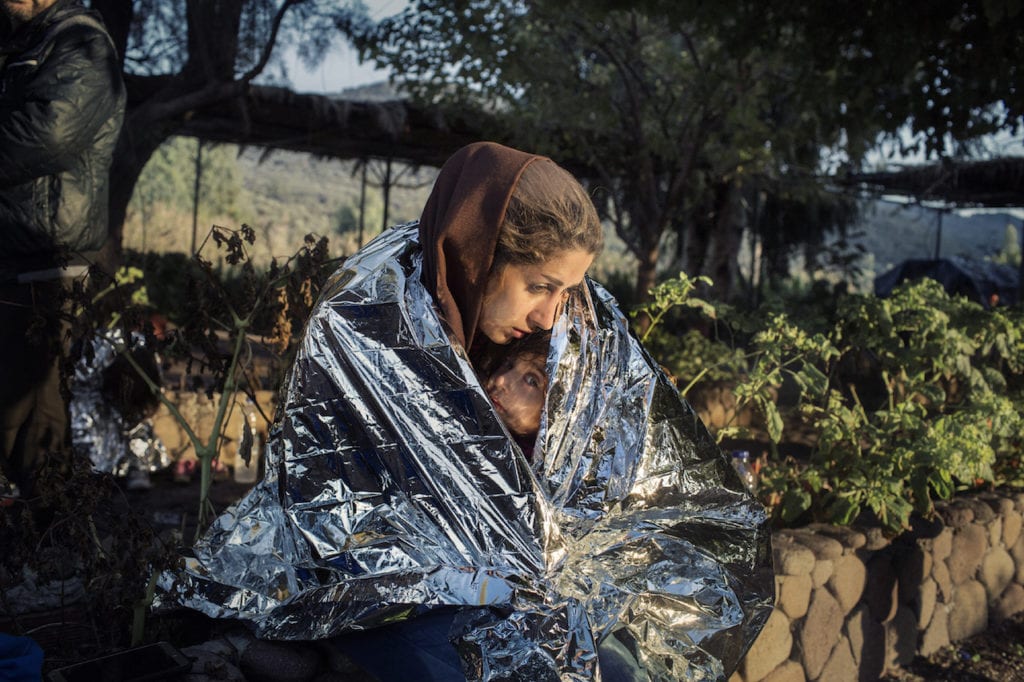
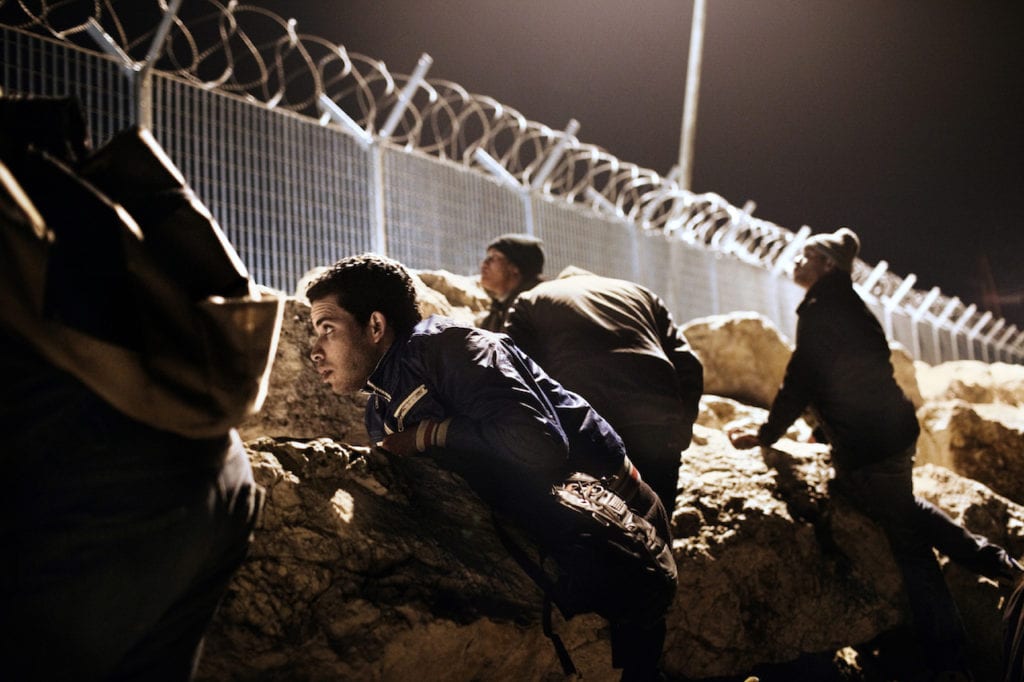
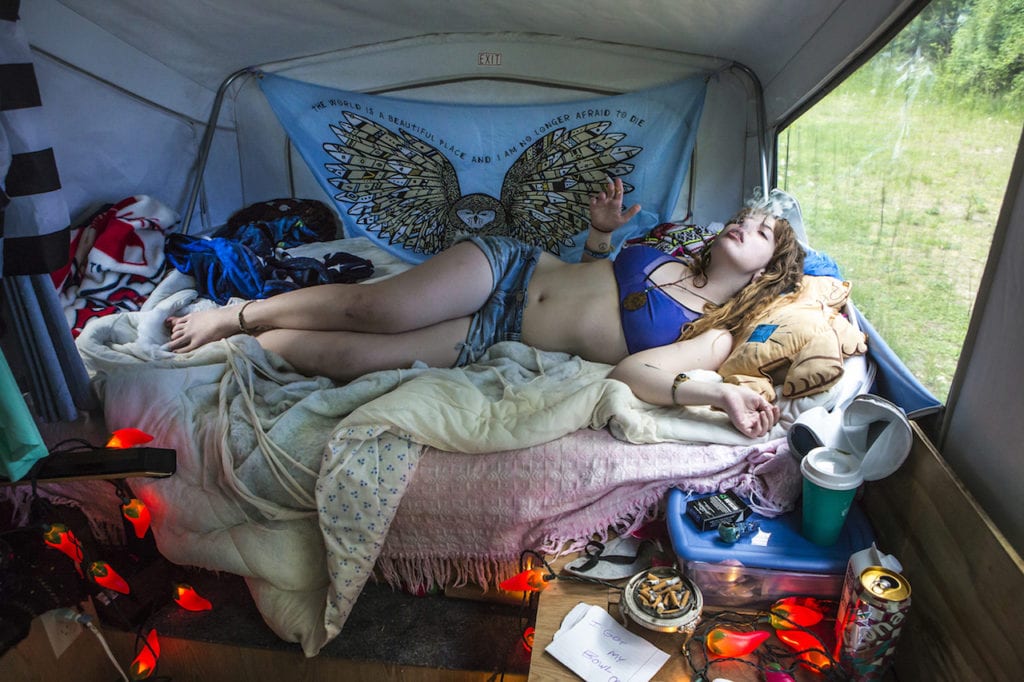
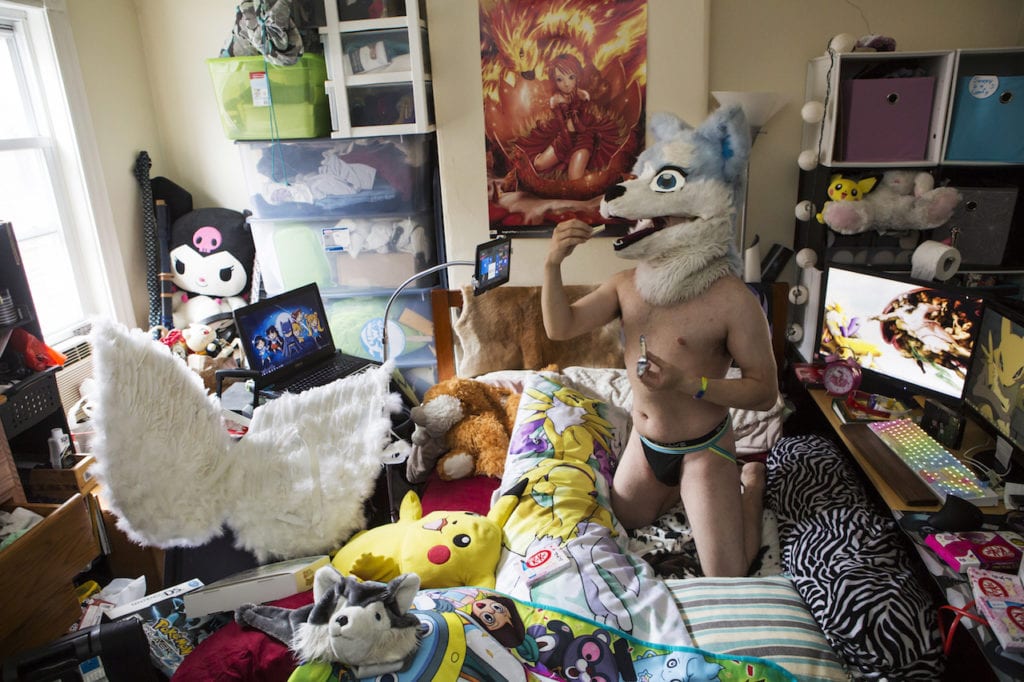
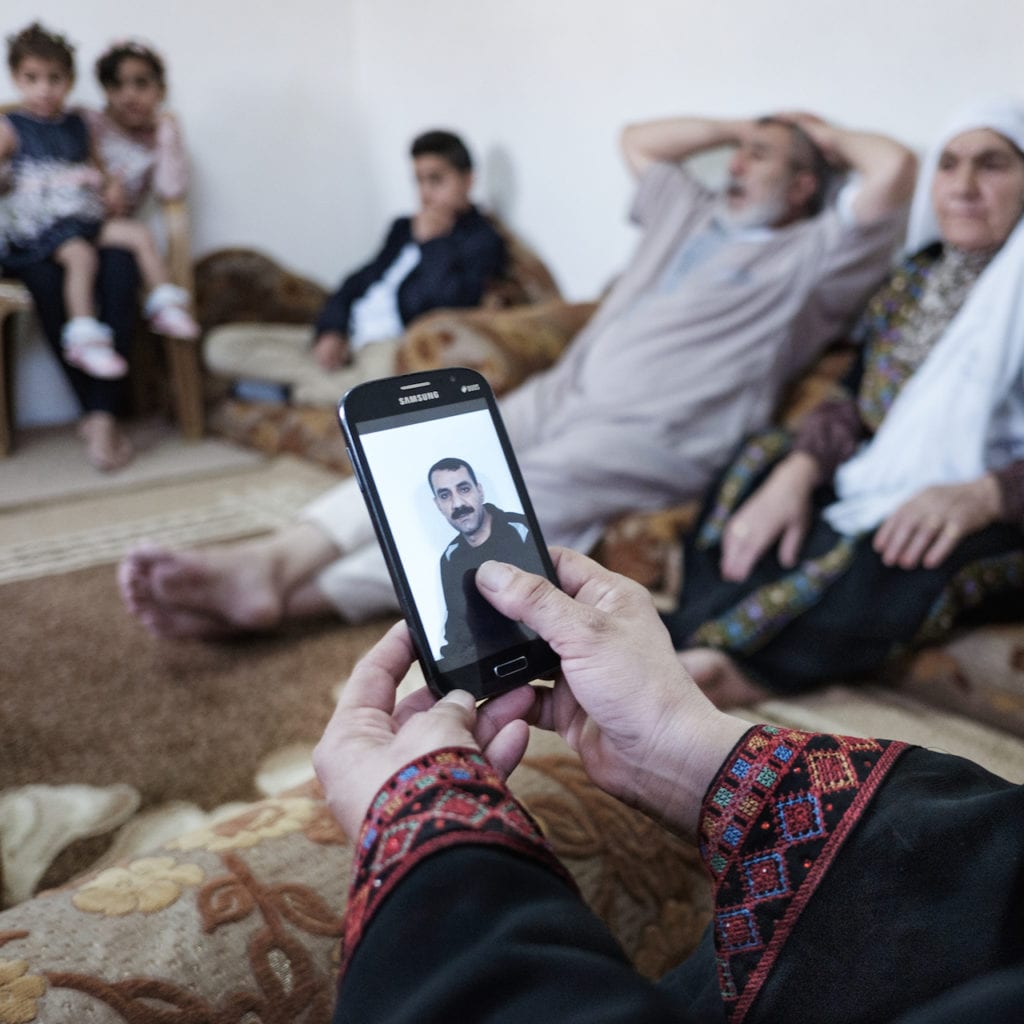
Basimah Nawaja (37) in her living room shows a photo of her husband Issa (41) sentenced to 22 years in prison for military operations. They have a new child Sadeel (2) born through Ivf. In front of her are sitting all the family members.
This picture shows how the relationship between families and detainees is still strong despite the difficulties. Many detainees send to families their portraits made in prison so that their families, particularly their children, can maintain a strong relationship with them.
During our meeting Basimah showed me photos of her husband that she has on her mobile while we were sitting in front of her family.
“Habibi is the story of Palestinian prisoners’ wives who have turned to sperm smuggling in order to conceive children through in vitro fertilization (IVF) from their husbands who are serving long-term sentences in Israeli jails. In the past 3 years, 60 babies have been born.
There are around 7,000 Palestinians, classified as “security prisoners”, facing sentences of 25 years or more. Israel detains them if their alleged or convicted offenses are deemed threats, or potential threats, to national security.
Conjugal visits are denied, Palestinian prisoners see their immediate family for just 45 minutes every two weeks, if at all. While kept physically separated from visiting spouses and adults, inmates can play with their children for ten minutes at the end of each session. During these short visitations, some of the prisoners have smuggled sperm to their kids. This is one of the methods used, but not the only one, however, is the only known at the moment.
Fertility clinics in the occupied territories increasingly offer Ivf treatment to prisoners’ wives free of charge. The Razan fertility clinic in Nablus and the al Basma fertility clinic in Gaza have frozen numerous sperm samples recently smuggled from behind bars.
Women in the “Ivf” program believe that one day the prisoners will be released, and when they do return home, they should have a family waiting for them.”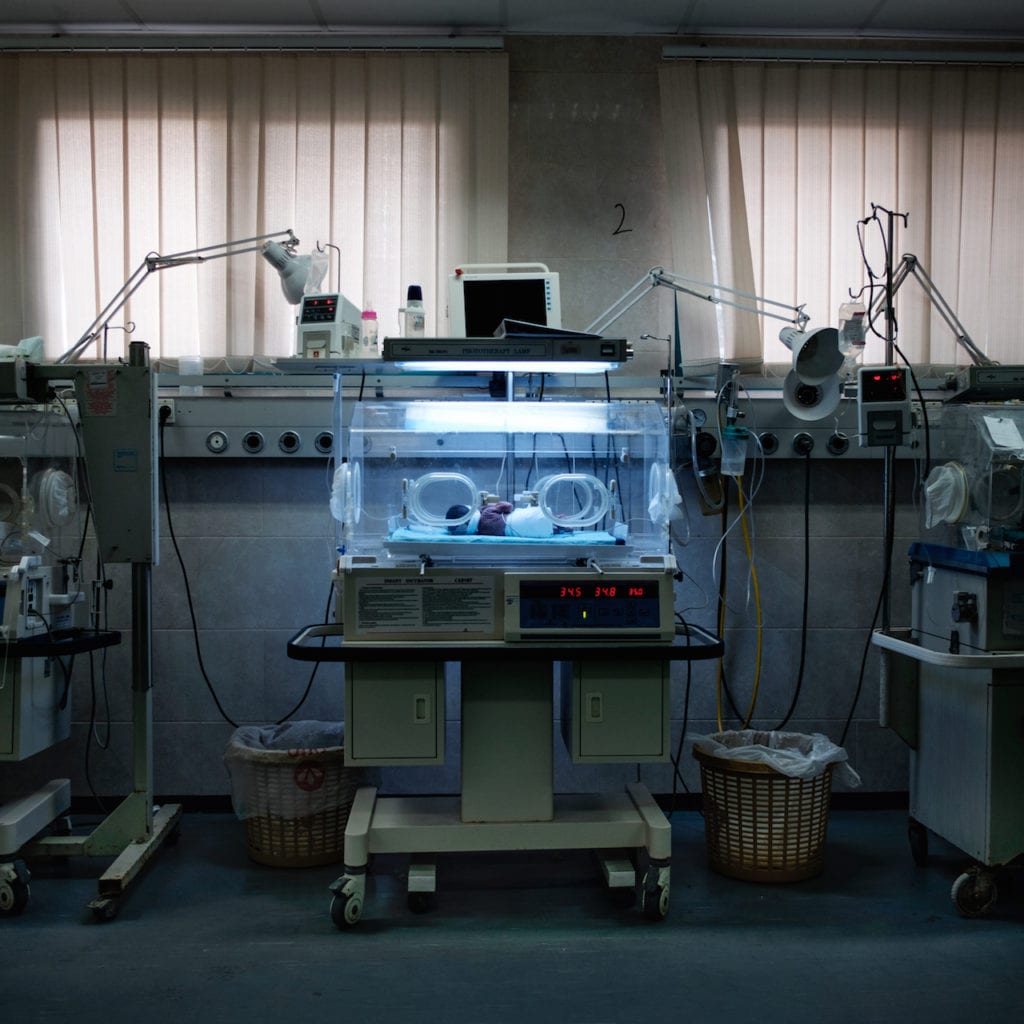
A hospital incubator in Gaza. Chances of successful treatment are very high, being, for the majority, young people and fertile.
This is the story of Palestinian prisoners’ wives who have turned to sperm smuggling in order to conceive children from their husbands who are serving long-term sentences. Around 7,000 Palestinians are serving time in Israeli prisons, with nearly 1,000 facing sentences of 20 years or more. Conjugal visits are denied and prisoners are separated from visitors by glass panels.
In the past two years, 30 babies have been born through IVF. The Razan Fertility Clinic in Nablus and the Al-Basma Fertility Clinic in Gaza offer the treatment to prisoners’ wives free of charge, freezing around 70 prisoners’ sperm samples and receiving more from behind the prison bars. Prisoners are allowed visits every two weeks and these last for only 45 minutes. Family members must be first-degree relatives. After a thorough body search, visitors are able to talk to their loved ones through a telephone from behind a glass window. Physical contact is forbidden, except for prisoners’ children, who are allowed ten minutes at the end of each visit to embrace their fathers. This is the secret way prisoners’ sperm manages to leave the prisons, and is these women’s only hope for a family. It is also one of their opportunities to join the Palestinian resistance. (Photo by Antonio Faccilongo)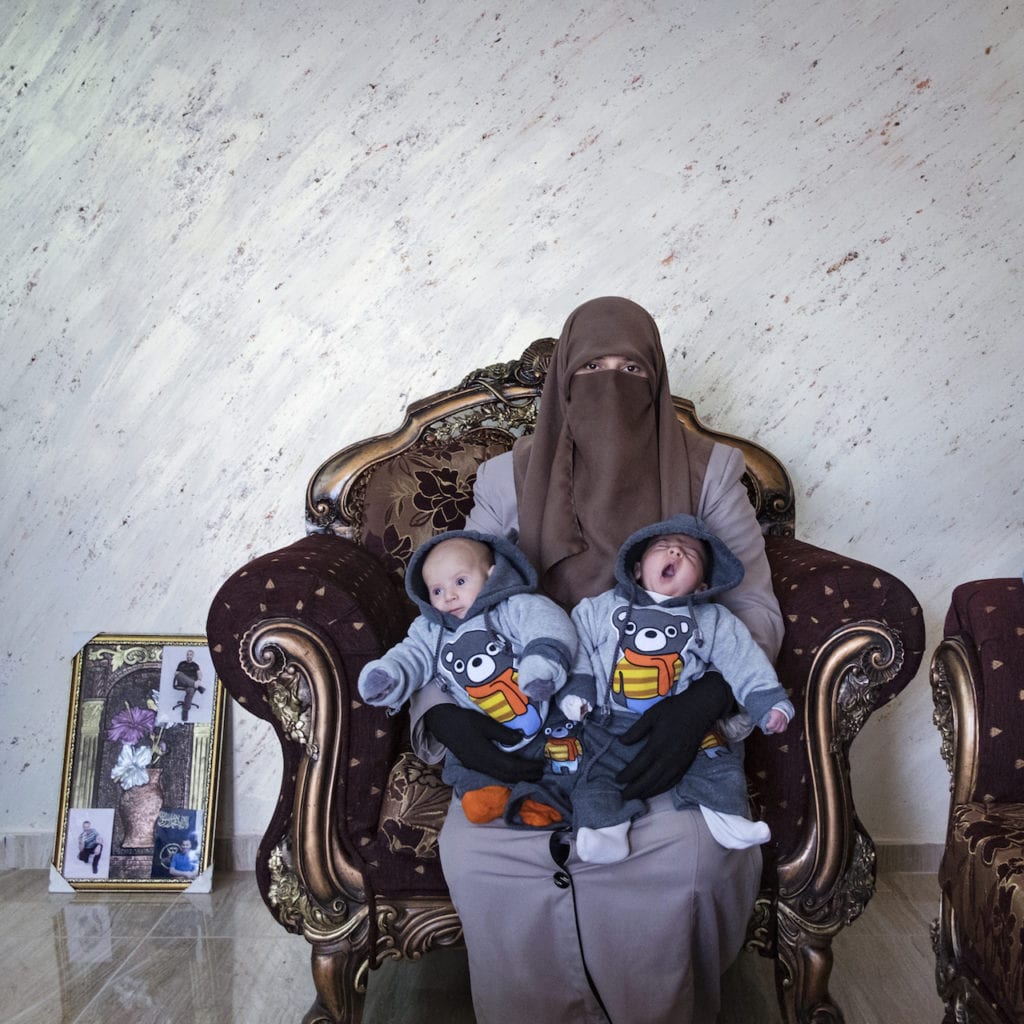
Amma Elian (39) is the wife of Anwar Elian (39). He was arrested in 2003 and sentenced for life imprisonment.
This is the story of Palestinian prisoners’ wives who have turned to sperm smuggling in order to conceive children from their husbands who are serving long-term sentences. Around 7,000 Palestinians are serving time in Israeli prisons, with nearly 1,000 facing sentences of 20 years or more. Conjugal visits are denied and prisoners are separated from visitors by glass panels.
In the past two years, 30 babies have been born through IVF. The Razan Fertility Clinic in Nablus and the Al-Basma Fertility Clinic in Gaza offer the treatment to prisoners’ wives free of charge, freezing around 70 prisoners’ sperm samples and receiving more from behind the prison bars. Prisoners are allowed visits every two weeks and these last for only 45 minutes. Family members must be first-degree relatives. After a thorough body search, visitors are able to talk to their loved ones through a telephone from behind a glass window. Physical contact is forbidden, except for prisoners’ children, who are allowed ten minutes at the end of each visit to embrace their fathers. This is the secret way prisoners’ sperm manages to leave the prisons, and is these women’s only hope for a family. It is also one of their opportunities to join the Palestinian resistance.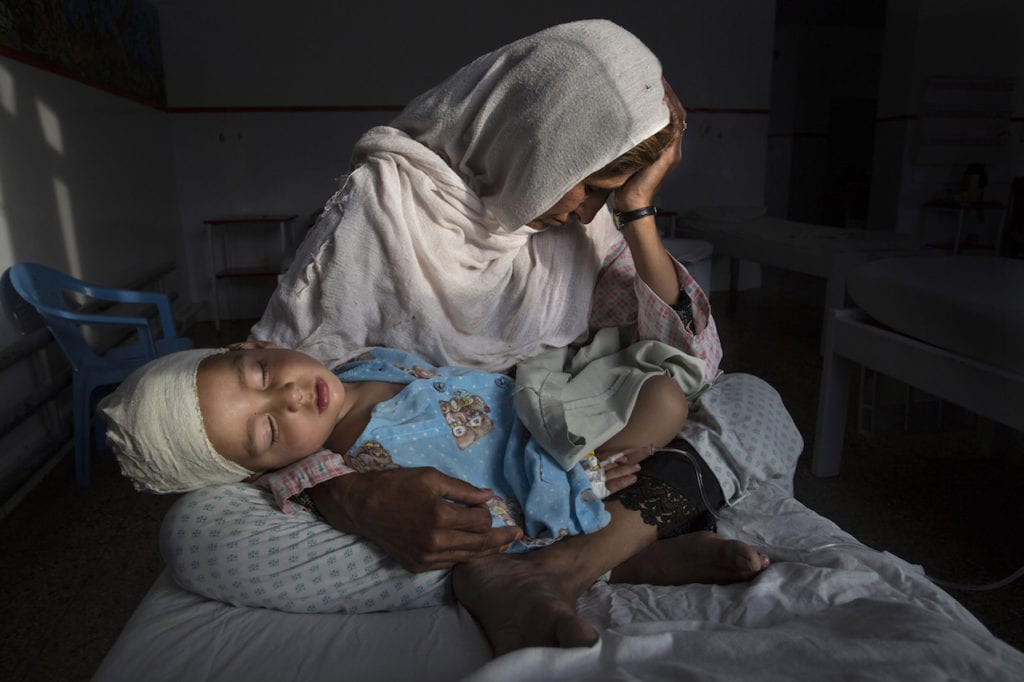
Afghan civilians are at greater risk today than at any time since Taliban rule. According to UN statistics, in the first half of 2016 at least 1,600 people had died, and more than 3,500 people were injured, a 4 per cent increase in overall civilian causalities compared to the same period last year. The upsurge in violence has had devastating consequences for civilians, with suicide bombings and targeted attacks by the Taliban and other insurgents causing 70 percent of all civilian casualties. (Photo by Paula Bronstein)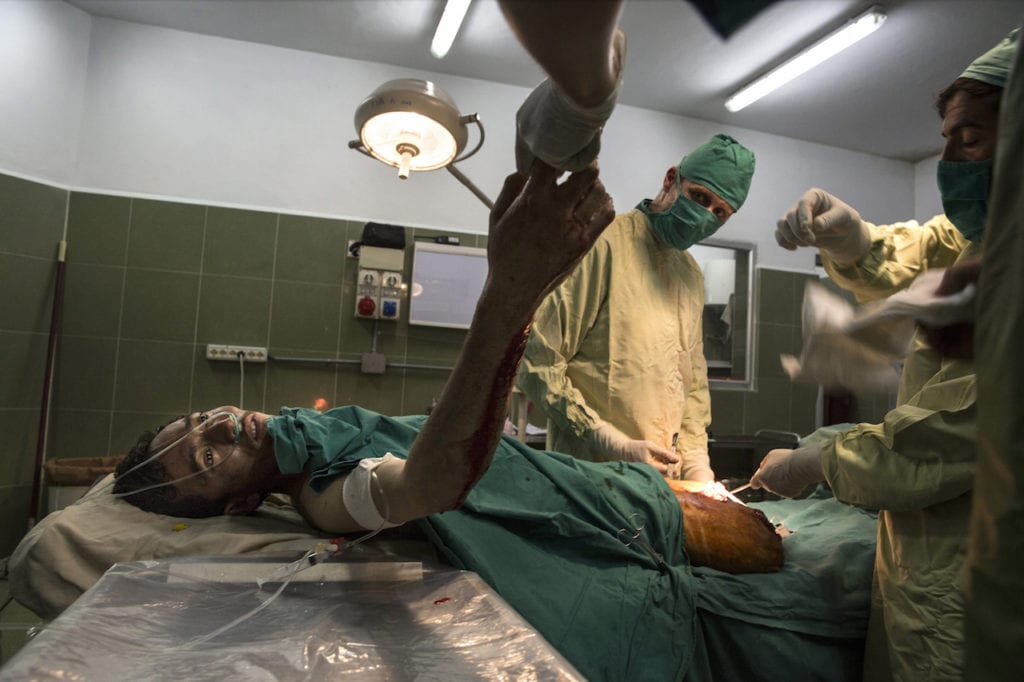
Sayed Malik, 25, a double amputee gets surgery at the Emergency hospital, he lost his legs while demining, as a ANA soldier in Sangin.
Afghan civilians are at greater risk today than at any time since Taliban rule. According to UN statistics, in the first half of 2016 at least 1,600 people had died, and more than 3,500 people were injured, a 4 per cent increase in overall civilian causalities compared to the same period last year. The upsurge in violence has had devastating consequences for civilians, with suicide bombings and targeted attacks by the Taliban and other insurgents causing 70 percent of all civilian casualties. (Photo by Paula Bronstein)

